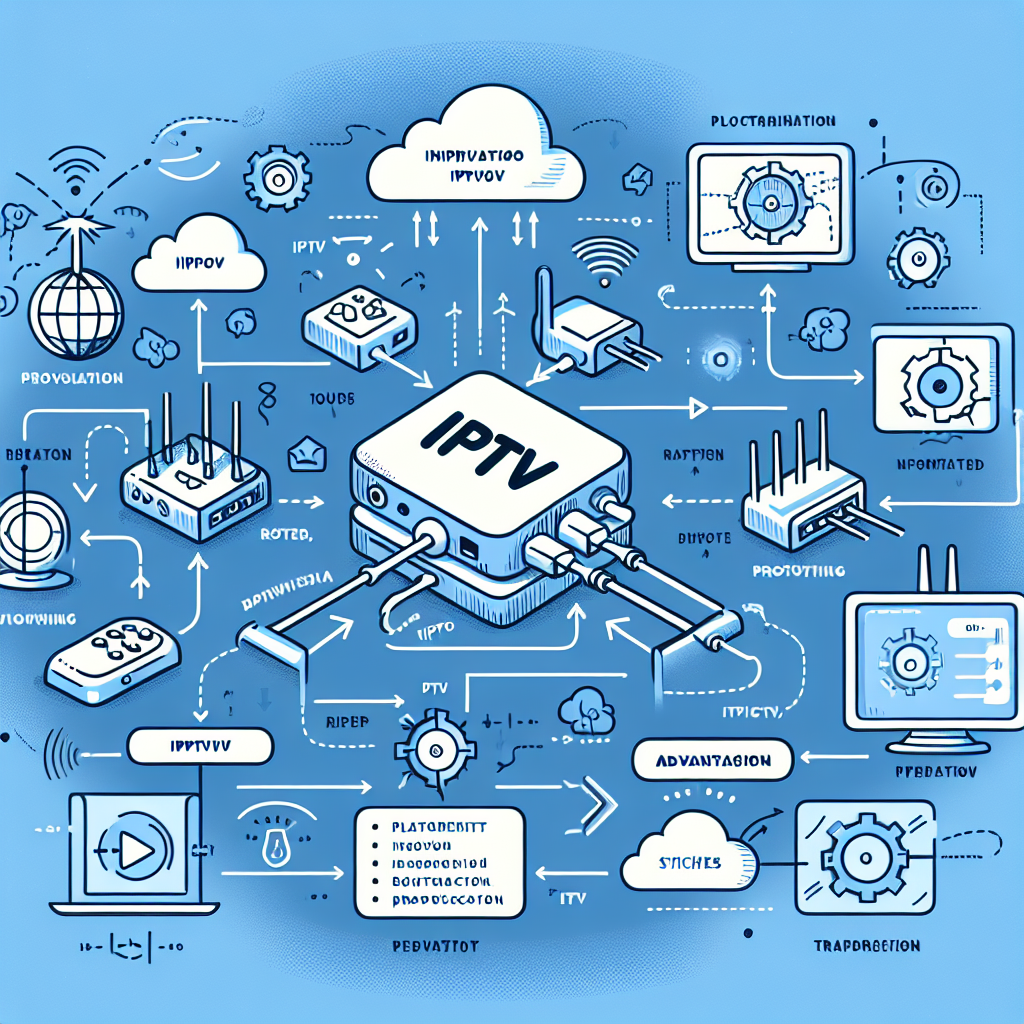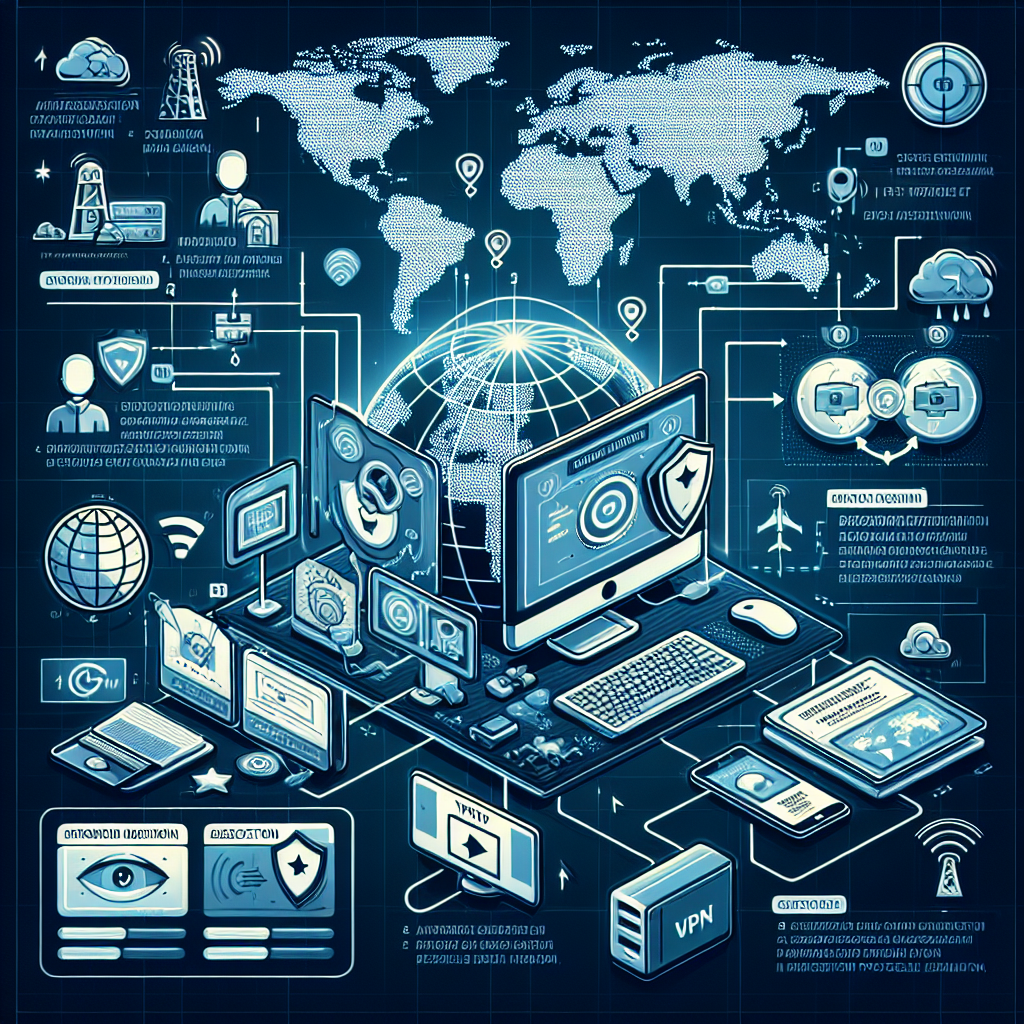In 2025, the technology landscape is rapidly evolving, and Internet Protocol Television (IPTV) is at the forefront of this change. IPTV offers a new way to access a wide range of television content by leveraging the power of the internet.
What is IPTV?
IPTV stands for Internet Protocol Television, a system where television services are delivered using the Internet Protocol Suite over a packet-switched network such as a LAN or the internet, instead of being delivered through traditional terrestrial, satellite signal, and cable television formats.
How Does IPTV Work?
IPTV works by transmitting video content over the internet. The content is delivered to the end-user through a network-operated by an IPTV service provider. This system allows users to stream media continuously, similar to how videos are streamed online. The primary components of IPTV include:
- Content Source: This includes live TV channels and on-demand video content.
- Headend: This is where the content is received, processed, and encoded for distribution.
- Middleware: Software that acts as a bridge between the user and the content, enabling functionalities like EPG and user interfaces.
- Delivery Network: This is the internet or a private network over which the IPTV streams are delivered.
- Set-Top Box (STB): A device that decodes the IPTV streams and delivers them to the television.
To dive deeper into understanding the technicalities of IPTV, you can explore more about the Best IPTV Providers in Germany and Best IPTV Providers in the Netherlands.
Why Choose IPTV?
IPTV offers several advantages over traditional broadcasting:
- On-Demand Content: Access to a vast library of content whenever you want.
- Interactivity: Users can interact with the service, providing a more personalized viewing experience.
- Flexibility: IPTV services can be accessed on various devices, including TVs, computers, and smartphones.
For those seeking the best IPTV experience in Europe, we recommend TiviBridge, renowned for its exceptional service quality.
Alternatively, TiviPlanet provides a robust selection of channels and content.
IPTV Protocols and Technologies
Understanding the protocols and technologies that power IPTV can further enhance your knowledge. Some key technologies include:
- IP Multicasting: Efficiently manages bandwidth by delivering a single stream to multiple users.
- Video on Demand (VoD): Allows users to select and watch video content on demand.
- Content Delivery Networks (CDNs): Distribute content to servers closer to the user, ensuring faster and more reliable streaming.
Challenges in IPTV
While IPTV offers numerous benefits, there are challenges, such as:
- Bandwidth Requirements: High-speed internet is necessary to ensure smooth streaming without interruptions.
- Network Latency: Delays can affect the quality of real-time content.
- Security Concerns: Protecting content from piracy and unauthorized access is crucial.
The Future of IPTV
As technology advances, IPTV is expected to integrate more with AI and machine learning to offer even more personalized and interactive experiences. The future looks promising, with innovations such as 8K streaming and augmented reality integrations on the horizon.
In conclusion, IPTV is a transformative technology that continues to grow in popularity, providing flexibility and a broad range of content choices for viewers. To stay ahead in the IPTV space, consider exploring reputable providers like TiviBridge and TiviPlanet.




